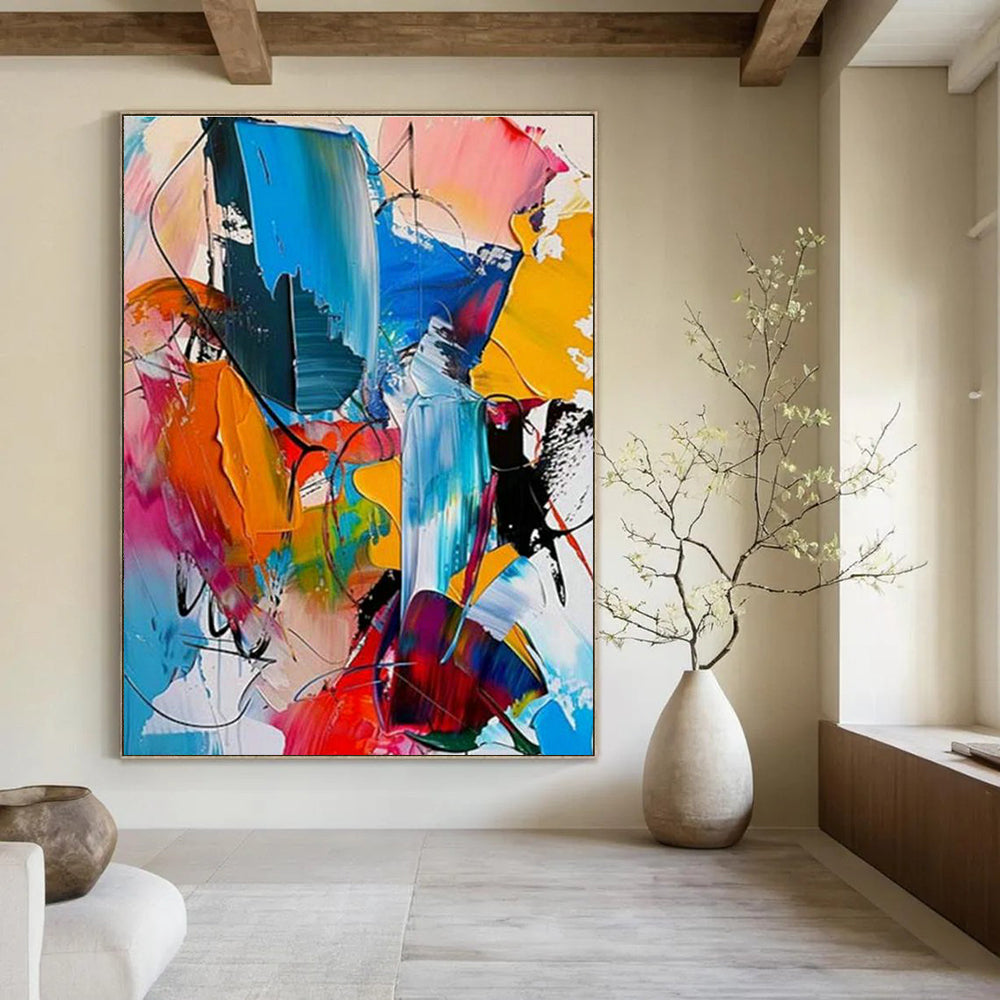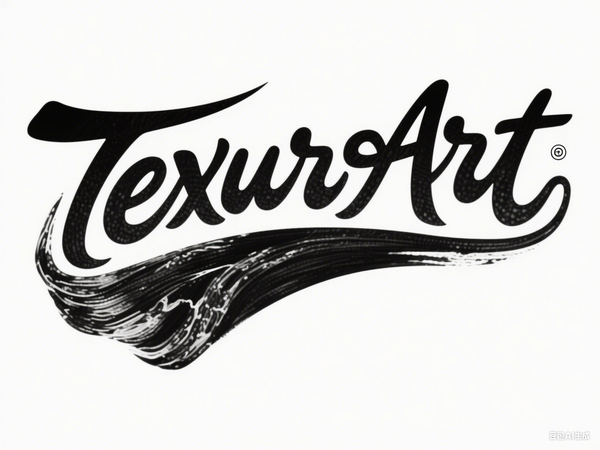
Mastering the Art of Palette Knife Painting - Techniques, History, and Inspiration
Share
Palette Knife Painting is a distinctive artistic technique that uses palette knives instead of brushes to apply paint on the canvas. This method creates bold textures and striking visual effects, making the artwork dynamic and tactile. For those interested in exploring or perfecting this art form, Palette Knife Painting offers a beautiful variety of works and inspiration.
What is Palette Knife Painting?
Palette Knife Painting involves using a small, flexible spatula-like tool to apply thick layers of paint, often oil or acrylic, onto a surface. Unlike brushes that spread paint smoothly, palette knives create rich, textured strokes and layers, offering a three-dimensional aspect to paintings. Artists embrace this method for its expressive possibilities and the unique patterns generated by knife strokes.

Techniques of Palette Knife Painting
Artists employ several techniques to achieve compelling effects:
-
Textural Layers: Applying thick paint in sweeping or dabbing motions builds up texture, which can mimic natural elements like rocky surfaces or fur.
-
Carving and Scraping: Using the edge or tip of the palette knife to scrape away paint or carve lines into semi-dry paint adds intricate details and reveals underlying layers.
-
Color Mixing on Canvas: Artists blend colors directly on the canvas with the knife for a more organic, spontaneous effect, producing vibrant broken color or scumbled textures.
-
Thin Lines and Accents: The knife’s edge can be used to create fine, broken lines for delicate details.
These techniques enable artists to create vivid landscapes, portraits, or abstract compositions with a tactile richness unmatched by conventional brushwork. For practical applications of these techniques, resources like Milan Art Institute’s Palette Knife Techniques and Draw Paint Academy's Guide offer in-depth tutorials and visual examples.
Famous Artists Known for Palette Knife Painting
Several renowned artists have famously adopted palette knife techniques:
-
Leonid Afremov: Known for his colorful and emotional Impressionist-style landscapes, Afremov utilized palette knives to create thick, vibrant strokes that give his work a glowing, textured effect.
-
Richard Schmid: A distinguished American painter who masters the impasto palette knife technique, Schmid creates detailed and expressive portraits and landscapes that combine smooth and rugged textures.
-
Frank A. Weber: Another noteworthy artist, Weber’s oil paintings often feature palette knife techniques that emphasize texture and dramatic color contrasts.
Their works demonstrate the versatility and expressive power of palette knife painting, inspiring countless artists worldwide.
Why Choose Palette Knife Painting?
Artists favor palette knife painting for its immediacy and tactile appeal. The method allows paintings to have a sculptural quality due to paint thickness. Moreover, the unpredictable merging and layering of colors on the canvas bring spontaneity and vitality to artwork, making each piece uniquely expressive.
Explore Palette Knife Art Collections
For enthusiasts looking to explore or purchase impressive palette knife artworks, the collection at Texture Art's Palette Knife Painting showcases bold abstracts and textured canvases perfect for modern interiors, galleries, and creative spaces.
Additional Quality Resources
-
Mont Marte Palette Knife Techniques offers an extensive list of methods to experiment with.
-
Artists Network on Painting Knife Techniques provides tutorials for mastering knife tools along with expert tips.
-
Boynes Artist Award Guide to Palette Knife Painting explains sgraffito and other unique effects with palette knives.
-
For video learners, Palette Knife Painting Tutorials on YouTube contain practical demonstrations.
Frequently Asked Questions (FAQ)
What types of paint work best with palette knives?
Oil paints and heavy-body acrylics are most suitable because of their thick consistency, which holds texture and layers well.
Can beginners try palette knife painting?
Absolutely. Palette knife painting can be more accessible for beginners as it encourages experimentation without the precision required by brushes.
How do I clean palette knives?
Clean palette knives immediately after use with a rag or paper towel and, if needed, a solvent or soap and water depending on the paint used.
Are palette knives only for painting?
No. They are initially designed for mixing paint colors, but artists have creatively adopted them as painting tools to achieve texture effects.
Where can I buy good-quality palette knives?
Art supply stores offer various shapes and sizes; it is recommended to try metal knives with comfortable handles for durability and ease of use.
Mastering palette knife painting opens a doorway to expressive, vibrant artworks with texture and depth. Exploring resources, studying great artists, and practicing techniques will enrich any artist’s creative journey.
For those inspired to dive deeper or acquire stunning pieces, visit Palette Knife Painting Collection at Texture Art for bold, textured abstract canvases ready to elevate your space.
